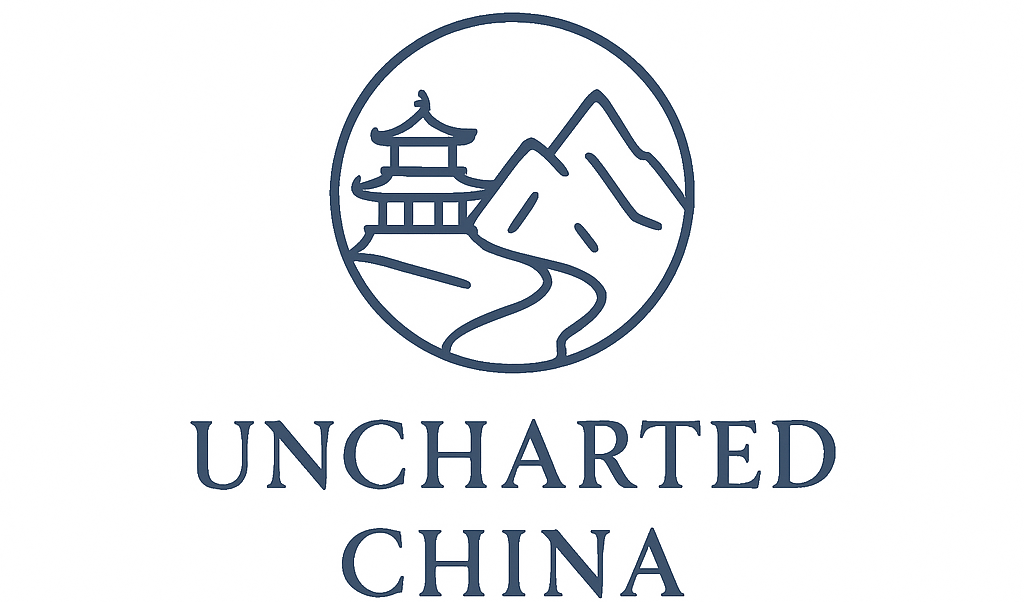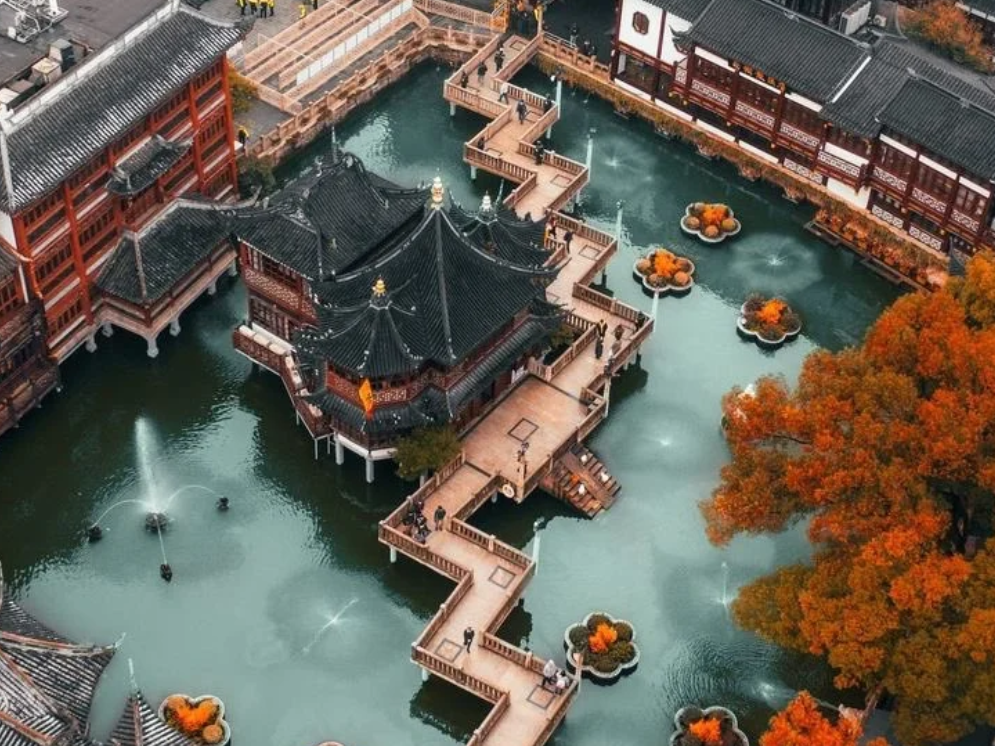Qin & Han Dynasties (221 BCE – 220)
•Shanghai’s origins trace back to this period when it was part of the Chu Kingdom under the Qin unification.
•The area, then a coastal fishing village, saw early settlement along the Huangpu River, with salt production emerging as a key activity.
•The Han Dynasty established rudimentary administrative control, laying the foundation for future growth.
•
Three Kingdoms & Tang Dynasty (220 - 907)
•During the Three Kingdoms and subsequent dynasties, Shanghai remained a minor fishing and salt-producing region.
•The Tang Dynasty marked the first significant development with the construction of the Hua Ting Temple (725 AD), indicating early Buddhist influence, and the region’s integration into the Jiangnan1 economic zone.
•
Song & Yuan Dynasties (968-1368)
•Song period: The Song Dynasty saw Shanghai evolve into a small trading port, with the establishment of Shanghai Town in 1074 under the Northern Song.
•Yuan period: The Yuan Dynasty further boosted its status by designating it a seaport, enhancing trade with Japan and Southeast Asia, and building the Old City God Temple (circa 1300s).
Ming Dynasty (1368-1644)
•Shanghai grew as a commercial hub during the Ming Dynasty, with the construction of the city wall in 1553 to defend against Japanese pirates.
•The textile industry flourished, and the population expanded, solidifying its role in the Jiangnan region’s economy.
Qing Dynasty (1644-1911)
•The Qing Dynasty brought rapid transformation with the 1842 Treaty of Nanking, opening Shanghai as a treaty port after the First Opium War.
•Foreign concessions (British, French, American) were established, leading to the Bund’s development, a financial boom, and a cosmopolitan population surge.
Republic of China (1911-1949)
•Shanghai became Asia’s financial capital during this period, with the 1920s–1930s marked by the "Golden Age" of art, cinema, and trade.
•The 1927 Shanghai Massacre and the 1937 Japanese occupation disrupted growth, but the city remained a cultural and economic powerhouse until the Communist takeover in 1949.
•
People’s Republic of China (1949-Present)
•Post-1949, Shanghai faced initial economic stagnation under socialist policies. The 1990s saw reforms under Deng Xiaoping, transforming it into a global metropolis with the Pudong skyline emerging.
•The 2010 Expo showcased its modernity, and as of 2025, it leads in finance, technology, and culture.

